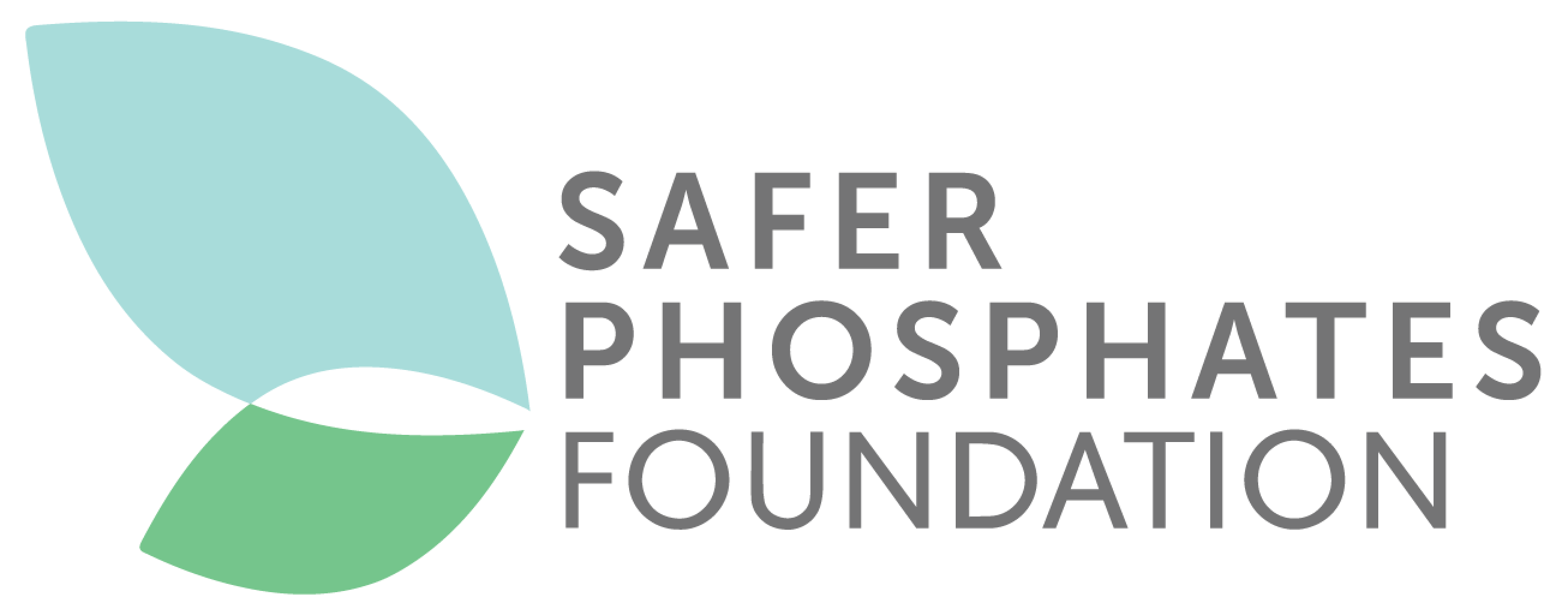Following the re-launch of www.saferphosphates.com, we plan to publish a regular blog in an effort to raise further awareness over heavy metals content in fertilisers, and contamination of our soils and our food.
Over the past week, I was fortunate enough to visit a number of agricultural supplies distributors in Poland. The country is among the largest agricultural producers in Europe, offering products such as sugar beet, wheat, potatoes and triticale to name a few. According to the FAO, Poland produces more than either Italy or Spain, both of which are well known for their large and well developed agricultural industries.
Together with other Eastern European countries, Poland presents an interesting opportunity for firms operating in the agricultural sector. The growth and modernisation of these economies tends to go hand-in-hand with the adoption of new technologies and improved use of crop nutrients. The consultancy CRU, for example, estimates that in 2010, Polish farmers used around 190 kg of fertiliser (in nutrient terms) per ha. By 2017, this figure was estimated to have grown by over 25%.
I was pleasantly surprised by the numerous conversations I had with Polish fertiliser consumers expressing interest in safer phosphate-based fertilisers. This was surprising, given the extent of opposition to limiting Heavy Metal (HM) contents in fertilisers from Polish MEPs. While I was not expecting much interest in Safer Phosphates and our objectives, in our discussions I picked up a working understanding of the topic and, more importantly, interest in the benefits that using phosphate fertilisers with a low HM content can bring to distributors, farmers, food consumers and the country as a whole.
)
In the coming week, a number of trilogues are planned to harmonise the various proposals on limiting potentially-harmful cadmium content in phosphate-based fertilisers. In this context, it is definitely worth reading through: "Cadmium governance in Europe's phosphate fertilisers: Not so Fast?", which summarises past attempts to regulate cadmium and outlines progress and challenges faced under the 2016 Circular Economy Proposal.
Since its inception, Safer Phosphates has tried to communicate the risks associated with the uncontrolled use of fertilisers with high HM contents. Our website notes the risks that HMs pose to soils and crops, and ultimately to human health, we believe that meaningful and effective regulation will give Europe an opportunity to address the issues before they become insurmountable.
In the week ahead, I will be visiting the new Kropz mine in South Africa. Kropz is a Safer Phosphates partner and will soon be supplying fertiliser producers with phosphate rock that has very low levels of the heavy metal cadmium. Using greater quantities of such rock in a blend is a simple and cost effective way of addressing the high levels of cadmium and other HMs in certain fertilisers. Importantly, the company is not on its own: although finite, phosphate reserves are estimated by the USGS to be sufficient for another 250 years at current levels of production. Moreover, around half of all phosphate product is thought to meet the strictest criteria proposed by the European Commission (<20 mg/kg P2O5).
By Juan at Safer Phosphates

